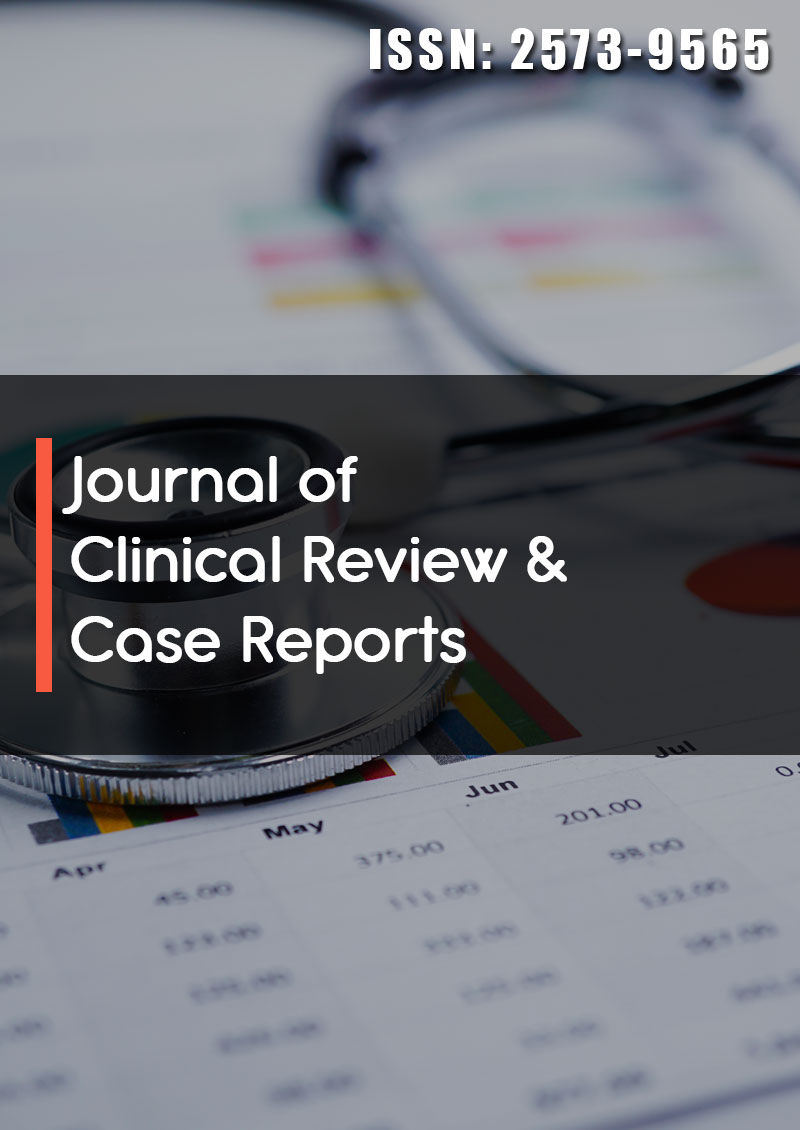Clinical Outcomes in Patients Receiving Icodextrin Only for Peritoneal Dialysis vs Dextrose in Peritoneal Dialysis
Abstract
Mohammad Zafar, Riya Tandra, Saikiran Mandyam, Eric Aulov, Harry Dounis, Avais Masud, Zeinab AbdulRehman, Supreet Kaur and Sushil Mehandru
Peritoneal Dialysis (PD), used for patients with ESRD, can involve 7.5% Icodextrin, dextrose, or a combination. Icodextrinonly PD has been shown to improve sodium removal, blood pressure, glycemic control, and reduce PD failure rates, yet it remains underutilized. This study analyzed outcomes from patients at Davita Home Dialysis Center in Wall Township, NJ, over a 5-year period. We compared clinical outcomes between patients using Icodextrin-only peritoneal dialysis (PD) and those using dextrose-based or combined dextrose-Icodextrin solutions for a minimum of six months. A retrospective review of de-identified patient data (Sept 2019-Jan 2024) compared serum potassium, phosphate, hemoglobin, albumin, residual urine, peritonitis events, and conversion to hemodialysis in patients using Icodextrin-only PD versus dextrose-based or combination solutions. Icodextrin-only PD achieved comparable dialysis adequacy to dextrose-based regimens and provided better control of potassium, anemia, and phosphate. Additionally, it maintained serum bicarbonate and albumin levels effectively. Icodextrinonly PD allows patients to perform fewer exchanges allowing for improved quality of life and thus better adherence to treatment. Despite all the established benefits, Icodextrin only incremental peritoneal dialysis is still underutilized. Hopefully this study will encourage more nephrologists to utilize this PD technique for more of their dialysis new starts. Future studies should aim to highlight long term impacts of Icodextrin only PD on longitudinal outcomes as well as its impact on mortality.



